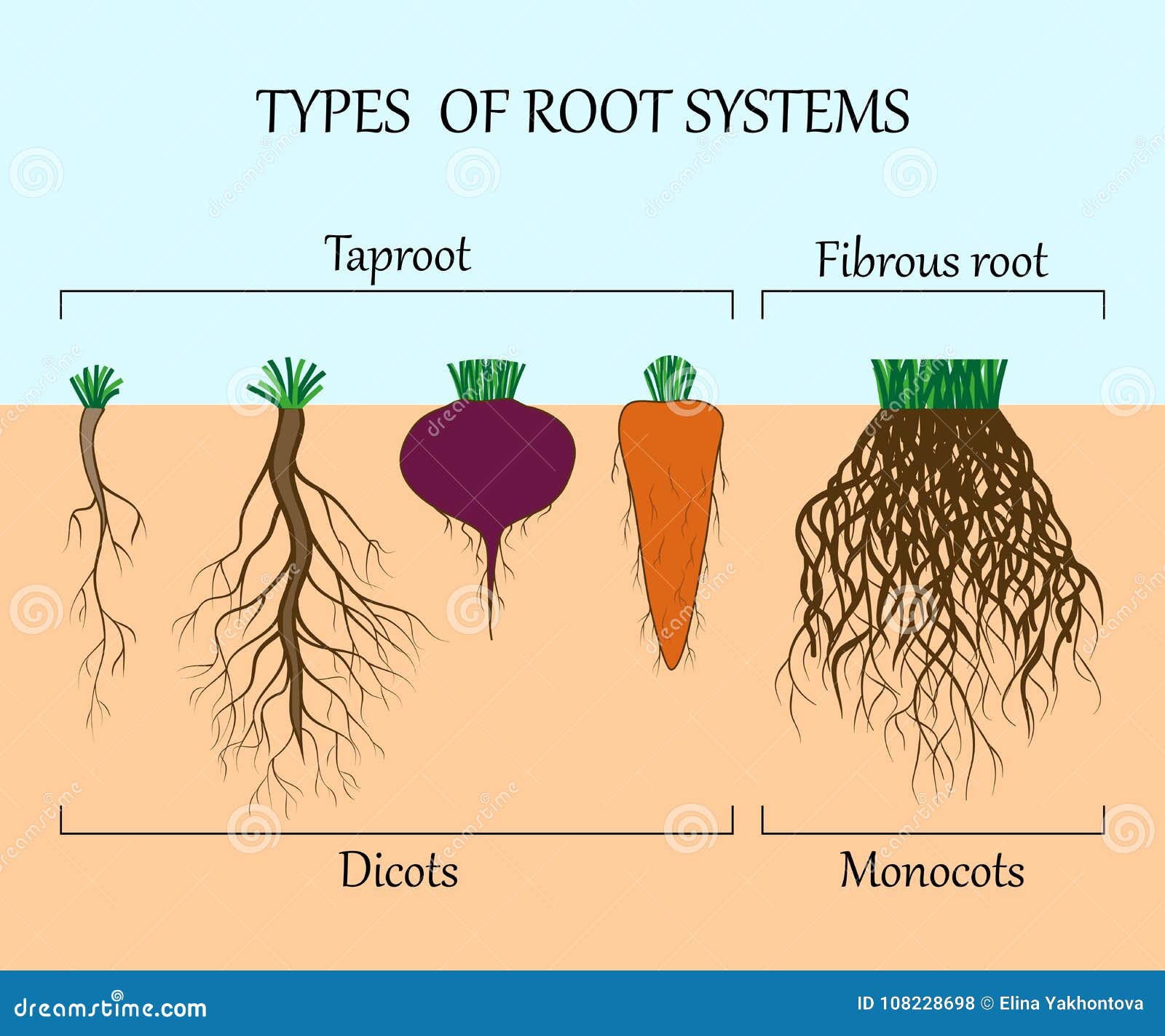How to Improve Soil Health: Best Plants for the Job
:max_bytes(150000):strip_icc()/healthy-soil-and-how-to-make-it-2539853-hero-fdf9b0280dca41cb8ae9614e6fc4a0b0.jpg)
Imagine your garden as a bustling city. The soil is the foundation, the infrastructure that supports the entire ecosystem. Just as a city needs robust utilities and services to thrive, your soil needs the right plants to enhance its health and vitality. So, how do you choose the best plants for improving soil health? Let's dive in and explore the roots of this matter.
Understanding Soil Health
Before we delve into the best plants for soil enhancement, let's understand what makes soil healthy. Healthy soil is rich in organic matter, teeming with microorganisms, and has a balanced structure that allows for proper aeration and water drainage. It's like a well-oiled machine, where every component plays a crucial role.
Best Plants for Improving Soil Health
Legumes: The Nitrogen Fixers
Legumes, such as peas, beans, and clover, are superheroes in the soil health world. They have a unique ability called nitrogen fixation. Through a symbiotic relationship with bacteria, legumes convert atmospheric nitrogen into a form that plants can use. This process enriches the soil, acting like a natural fertilizer.

Deep-Rooted Plants: The Soil Structurers
Plants with deep root systems, like alfalfa, chicory, and radishes, are excellent for improving soil structure. Their roots penetrate deep into the soil, breaking up compacted layers and creating channels for water and air. Think of them as the city planners, creating essential pathways for nutrients to travel.
Cover Crops: The Soil Protectors
Cover crops, such as rye, oats, and vetch, are like the security guards of your soil. They protect the soil from erosion, suppress weeds, and add organic matter when turned under. Plus, they can be a lifesaver during fallow periods, keeping your soil active and alive.
Dynamic Accumulators: The Nutrient Gatherers
Dynamic accumulators, like comfrey, borage, and nettle, are the miners of the plant world. They have extensive root systems that draw up nutrients from deep within the soil. When these plants decompose, they release these nutrients back into the soil, enriching it significantly.
How to Incorporate These Plants into Your Garden
Now that you know the best plants for soil enhancement, how do you integrate them into your garden? Here are some strategies:
Crop Rotation
Rotating your crops is like giving your soil a varied diet. It helps prevent nutrient depletion and reduces the risk of diseases. Include legumes and deep-rooted plants in your rotation to continually improve soil health.
Intercropping
Intercropping is like creating a diverse neighborhood in your garden. Planting different crops together can maximize space, confuse pests, and enhance soil health. For example, interplanting deep-rooted radishes with shallow-rooted lettuce can improve soil structure at different depths.
Cover Cropping
Planting cover crops during fallow periods is like giving your soil a protective blanket. They prevent erosion, add organic matter, and improve soil structure. Plus, they can help suppress weeds.
The Impact of Healthy Soil
Healthy soil is the backbone of a thriving garden. It supports plant growth, improves water retention, and fosters a diverse ecosystem of beneficial microorganisms. By choosing the best plants for improving soil health, you're investing in the long-term productivity and resilience of your garden.

Conclusion: Your Garden's Future Starts with the Soil
So, are you ready to transform your garden from the ground up? Remember, the best plants for improving soil health are those that enhance nitrogen fixation, improve soil structure, and increase organic matter. By incorporating legumes, deep-rooted plants, cover crops, and dynamic accumulators into your garden, you're laying the foundation for a vibrant, productive ecosystem.
Don't forget, soil health is a journey, not a destination. Every plant you choose, every crop you rotate, is a step towards a healthier, happier garden. So, let's get planting!
FAQs
What are the best plants for improving soil health? The best plants for improving soil health include legumes for nitrogen fixation, deep-rooted plants for soil structure, cover crops for protection, and dynamic accumulators for nutrient enhancement.
How do legumes improve soil health? Legumes improve soil health through nitrogen fixation. They convert atmospheric nitrogen into a usable form, enriching the soil naturally.
What are dynamic accumulators? Dynamic accumulators are plants that draw up nutrients from deep within the soil. When they decompose, these nutrients are released back into the soil, enhancing its fertility.
How can I incorporate soil-enhancing plants into my garden? You can incorporate soil-enhancing plants through crop rotation, intercropping, and cover cropping. These strategies help maximize space and continually improve soil health.
Why is soil health important? Soil health is crucial for plant growth, water retention, and a diverse ecosystem of beneficial microorganisms. It's the foundation of a thriving, productive garden.
For further reading, check out these resources:
0 Response to "How to Improve Soil Health: Best Plants for the Job"
Post a Comment